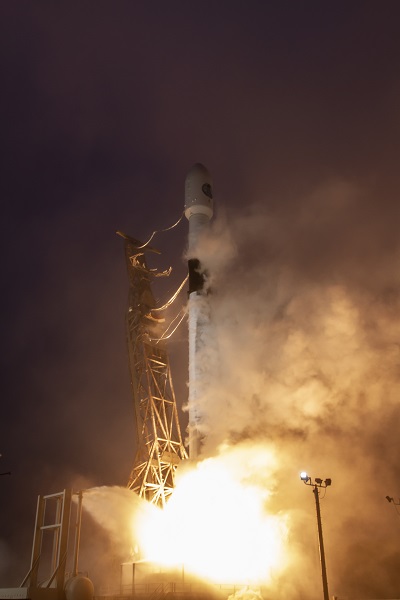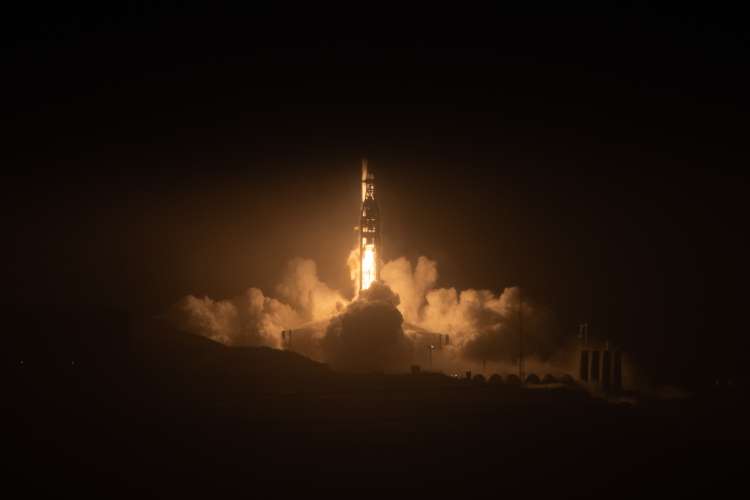On April 17, 2022, a SpaceX Falcon 9 rocket lifted off from Vandenberg Space Force Base SLC-4E at 6:13 a.m. PDT and successfully delivered the NROL-85 payload into orbit. This was a unique mission, inasmuch, it was the first time the United States Space Force (USSF) launched a previously flown booster for an Intelligence Community mission. The first use of the rocket was for the National Reconnaissance Office Launch (NROL) 87 on Feb. 2.
“The teamwork and mission focus on these most recent national security launches directly influences our national strategic capabilities,” said Col Erin Gulden, Senior Materiel Leader of Space System Command’s Launch Execution Acquisition Delta. “Ensuring the efficient processing and successful on-orbit delivery of our customer’s payloads remain our highest priorities. The team did a phenomenal job ensuring strong mission confidence while utilizing new, innovative tools and processes.”
The Aerospace Corporation provided support to both the NROL-85 and NROL-87 missions, adapting new approaches to ensure the successful launches of critical National Security Space assets within a span of three months.
“This was the first time the Aerospace Falcon team supported back-to-back launches for National Security Space Launch (NSSL) in less than 75 days,” said Akhil Gujral, General Manager for Aerospace’s Launch Systems Division. “Our teams continue to remain laser-focused, utilizing critical and valuable capabilities to support our nation’s prevalent needs.”

In the days leading up to the launch, the Aerospace team performed outstanding work adjudicating several emerging issues. Working closely with the government customers and the launch provider, Aerospace ensured risks were mitigated and conditions met the agreed-upon criteria.
This launch also marked the first time Aerospace leveraged tools on the Future STARS platform on the front line with legacy applications serving as backups.
“Credit to the STARS of the Future development team,” said Bruce Mau, Principal Director of Launch Systems Division. “They have worked hard to create a powerful analytics platform built on the Aerospace’s cloud-based technical computing platform, which enables applications that will help our launch teams become more effective and efficient in assessing vehicle performance.”
The significant achievements of the team were highlighted by many, including the USSF, Intelligence Community, and Aerospace leadership. In particular, the Aerospace Falcon team was acknowledged for their excellent work by teaming with NRO’s Office of Space Launch and the National Systems Group, Systems Engineering and Launch Directorate in mitigating emerging issues, maintaining technical excellence and dedication to mission success.
In many ways, the successful completion of NROL-85 can serve as a testament to what makes Aerospace unique, the ability to combine an unparalleled legacy of mission success with rapidly evolving capabilities to address the needs of the modern space environment.
While the launch of the NROL-85 payload signified milestones and exciting prospects for the future of the space enterprise, it also marked the last launch for Steve Frolik, who served as chief engineer for Aerospace’s Falcon program and supported the last five out of six NSSL Falcon 9 missions.
“We wish Steve well as he explores new experiences within Aerospace,” said Jeff Michlitsch, Principal Director for Aerospace’s Launch Systems Division.

